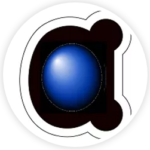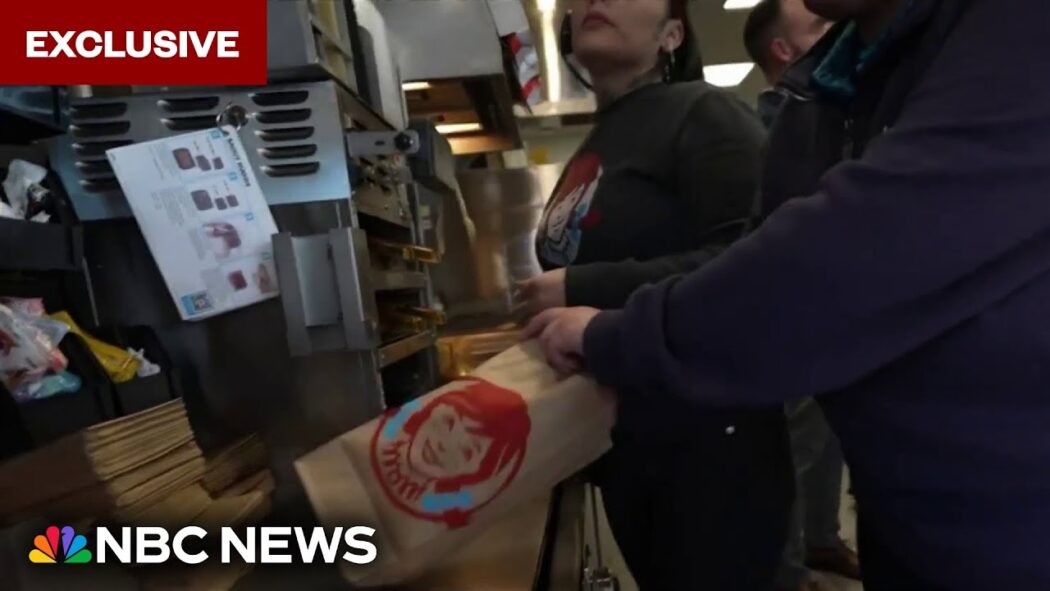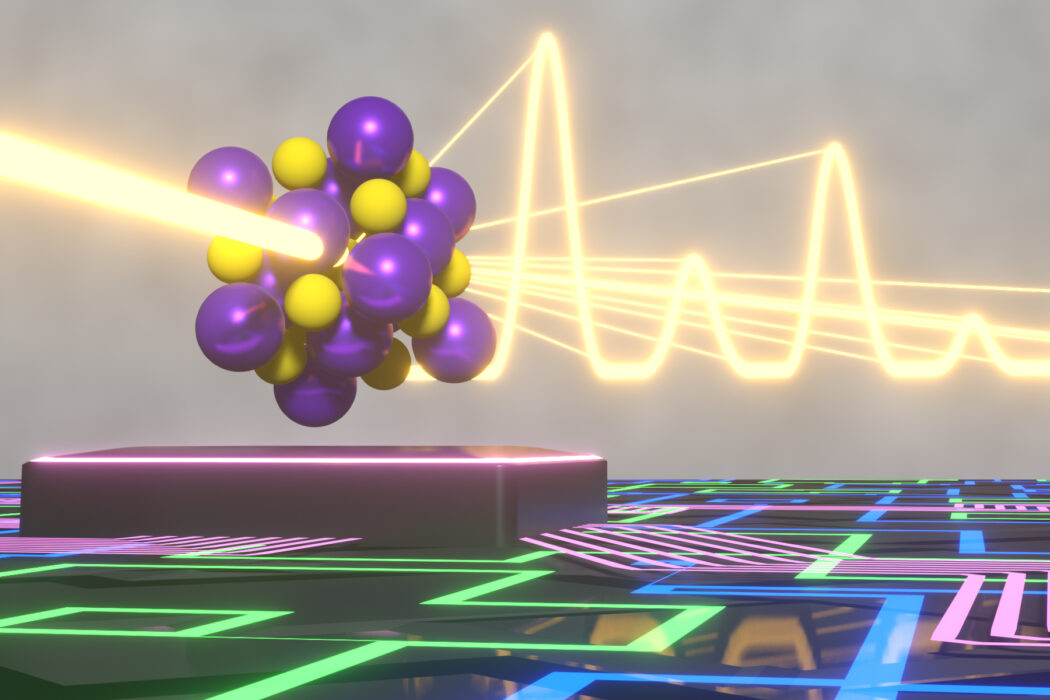
Try Adsterra Earnings, it’s 100% Authentic to make money more and more.

For more than 100 years, scientists have been using X-ray crystallography to determine the structure of crystalline materials such as metals, rocks, and ceramics.
This technique works best when the crystal is intact, but in many cases, scientists have only a powdered version of the material, which contains random fragments of the crystal. This makes it more challenging to piece together the overall structure.
MIT chemists have now come up with a new generative AI model that can make it much easier to determine the structures of these powdered crystals. The prediction model could help researchers characterize materials for use in batteries, magnets, and many other applications.
“Structure is the first thing that you need to know for any material. It’s important for superconductivity, it’s important for magnets, it’s important for knowing what photovoltaic you created. It’s important for any application that you can think of which is materials-centric,” says Danna Freedman, the Frederick George Keyes Professor of Chemistry at MIT.
Freedman and Jure Leskovec, a professor of computer science at Stanford University, are the senior authors of the new study, which appears today in the Journal of the American Chemical Society. MIT graduate student Eric Riesel and Yale University undergraduate Tsach Mackey are the lead authors of the paper.
Distinctive patterns
Crystalline materials, which include metals and most other inorganic solid materials, are made of lattices that consist of many identical, repeating units. These units can be thought of as “boxes” with a distinctive shape and size, with atoms arranged precisely within them.
When X-rays are beamed at these lattices, they diffract off atoms with different angles and intensities, revealing information about the positions of the atoms and the bonds between them. Since the early 1900s, this technique has been used to analyze materials, including biological molecules that have a crystalline structure, such as DNA and some proteins.
For materials that exist only as a powdered crystal, solving these structures becomes much more difficult because the fragments don’t carry the full 3D structure of the original crystal.
“The precise lattice still exists, because what we call a powder is really a collection of microcrystals. So, you have the same lattice as a large crystal, but they’re in a fully randomized orientation,” Freedman says.
For thousands of these materials, X-ray diffraction patterns exist but remain unsolved. To try to crack the structures of these materials, Freedman and her colleagues trained a machine-learning model on data from a database called the Materials Project, which contains more than 150,000 materials. First, they fed tens of thousands of these materials into an existing model that can simulate what the X-ray diffraction patterns would look like. Then, they used those patterns to train their AI model, which they call Crystalyze, to predict structures based on the X-ray patterns.
The model breaks the process of predicting structures into several subtasks. First, it determines the size and shape of the lattice “box” and which atoms will go into it. Then, it predicts the arrangement of atoms within the box. For each diffraction pattern, the model generates several possible structures, which can be tested by feeding the structures into a model that determines diffraction patterns for a given structure.
“Our model is generative AI, meaning that it generates something that it hasn’t seen before, and that allows us to generate several different guesses,” Riesel says. “We can make a hundred guesses, and then we can predict what the powder pattern should look like for our guesses. And then if the input looks exactly like the output, then we know we got it right.”
Solving unknown structures
The researchers tested the model on several thousand simulated diffraction patterns from the Materials Project. They also tested it on more than 100 experimental diffraction patterns from the RRUFF database, which contains powdered X-ray diffraction data for nearly 14,000 natural crystalline minerals, that they had held out of the training data. On these data, the model was accurate about 67 percent of the time. Then, they began testing the model on diffraction patterns that hadn’t been solved before. These data came from the Powder Diffraction File, which contains diffraction data for more than 400,000 solved and unsolved materials.
Using their model, the researchers came up with structures for more than 100 of these previously unsolved patterns. They also used their model to discover structures for three materials that Freedman’s lab created by forcing elements that do not react at atmospheric pressure to form compounds under high pressure. This approach can be used to generate new materials that have radically different crystal structures and physical properties, even though their chemical composition is the same.
Graphite and diamond — both made of pure carbon — are examples of such materials. The materials that Freedman has developed, which each contain bismuth and one other element, could be useful in the design of new materials for permanent magnets.
“We found a lot of new materials from existing data, and most importantly, solved three unknown structures from our lab that comprise the first new binary phases of those combinations of elements,” Freedman says.
Being able to determine the structures of powdered crystalline materials could help researchers working in nearly any materials-related field, according to the MIT team, which has posted a web interface for the model at crystalyze.org.
The research was funded by the U.S. Department of Energy and the National Science Foundation.
Published By

Latest entries
 allPost2025.01.26Nightly News Full Episode (January 25th)
allPost2025.01.26Nightly News Full Episode (January 25th) allPost2025.01.26After helping to revitalize a struggling neighborhood, store owner hit with crushing tax bill
allPost2025.01.26After helping to revitalize a struggling neighborhood, store owner hit with crushing tax bill allPost2025.01.26College basketball player siblings score winning baskets
allPost2025.01.26College basketball player siblings score winning baskets allPost2025.01.26Fast food goes high tech with new A.I. drive-thrus
allPost2025.01.26Fast food goes high tech with new A.I. drive-thrus




